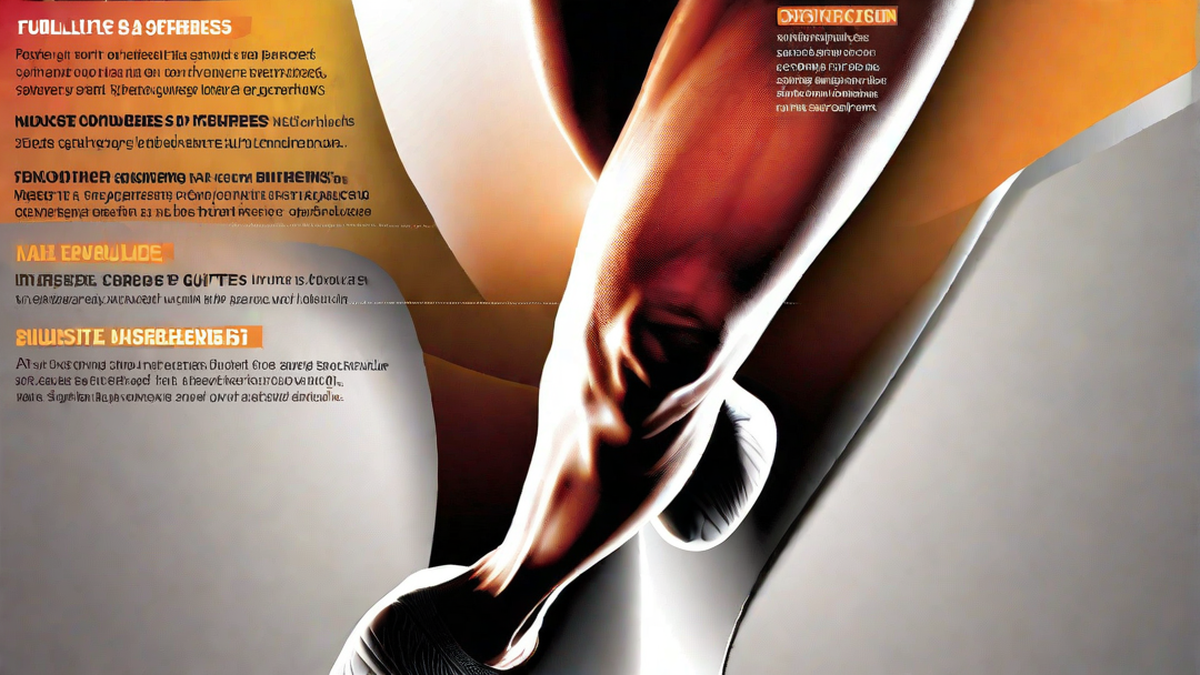As a passionate runner, I often find myself dealing with sore muscles after a long run. It’s important to understand which muscles are most affected by running in order to properly care for them post-workout. Let’s take a closer look at the specific muscles that tend to get sore from running.
Quadriceps
One of the primary muscle groups that often experience soreness after a run is the quadriceps. These are the muscles located on the front of the thigh and are heavily involved in propelling your body forward with each stride. The repetitive motion of running can lead to tightness and soreness in the quads, especially after intense speed work or running downhill.
Hamstrings
Opposite the quadriceps, the hamstrings at the back of the thigh also take a beating during running. They act as powerful stabilizers and help with the extension of the hip and flexion of the knee. Long-distance running or uphill running can really cause these muscles to ache, especially if they’re not properly stretched and warmed up before the run.
Calf Muscles
The calf muscles, including the gastrocnemius and soleus, play a crucial role in the running stride, particularly during the push-off phase. As a result, they are prone to soreness and tightness, especially for those who run long distances or frequently tackle hilly terrain. The calf muscles are often overlooked, but they can make a big difference in a runner’s performance and comfort.
Hip Flexors
Though not as commonly recognized, the hip flexors are an essential group of muscles that can become sore from running. These muscles are responsible for lifting the thigh towards the abdomen and play a significant role in the running motion. A lack of flexibility and strength in the hip flexors can lead to discomfort and even impact running form, making them an important focus for post-run stretching and recovery.
Conclusion
Understanding the muscles that are most susceptible to soreness from running is crucial for any runner looking to stay healthy and perform their best. By paying close attention to these muscle groups and incorporating targeted stretching and recovery techniques, runners can minimize post-run soreness and reduce the risk of injury. Taking the time to care for these muscles has certainly made a positive impact on my own running journey, allowing me to enjoy the sport while keeping my body in top shape.

